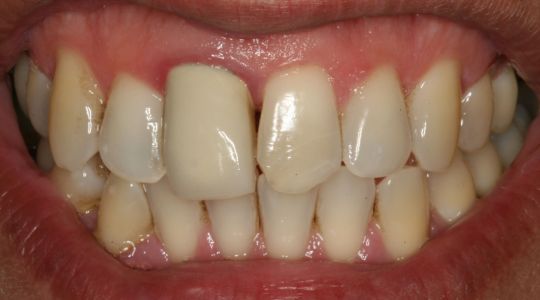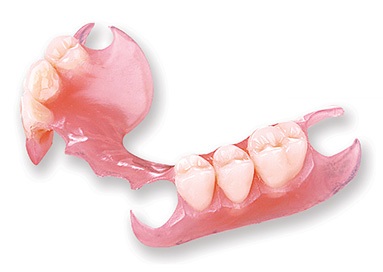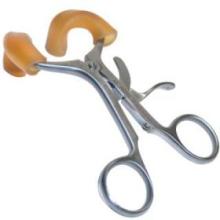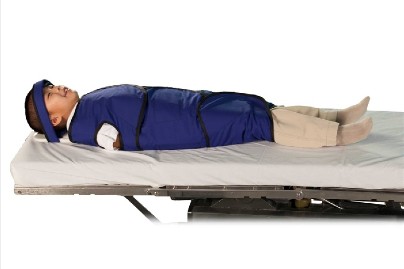Dr. Hall,
Is it possible to get dental implants after 10+ years of full dentures?
– Kathy from Lancaster, PA
We thank our advertisers who help fund this site.
Kathy,
The short answer is yes, you can get dental implants placed after wearing dentures for years, no matter how long it has been.
The longer answer is that it gets more complicated the longer you wear your completely removable denture. Ten years is long enough for facial collapse to set in. What happens is that once all your teeth are gone, your body takes the minerals in your jaw bone and uses them elsewhere in your body, causing your jawbone to resorb and shrink. This has undoubtedly happened with you, and the longer the period of time, the more difficult it is to have a denture that feels comfortable and works well.
The problem this causes with dental implants is that there isn’t enough bone left to support the implants. There are two ways to address this problem.
The first way is with bone grafting procedures. In some cases, bone is harvested from some other part of your body, like your hip. Or there are sterilized or artificial bone products that can be used to build up the bone. You have to check with the surgeon placing your implants for the sources they use.
A way to get around the bone grafting can be with what is called either an all-on-4 dental implants procedure or the all-on-6 procedure. Often there is more thickness of bone left in the front of your mouth, enough to support some shorter implants. They are placed at angles, which increases their resistance to displacement, and engineering the placement of the implants in this way can eliminate the need for bone grafting.
Start with a visit to a general dentist experienced in working with dental implants, and ask them for referral to the surgeon they work with to find out what needs to be done in your case. Don’t go to the surgeon first, or you run the risk of having the dental implants placed and then going to the restorative dentist who finds that the implants are placed in locations he or she can’t work with.
I hope this is helpful.
– Dr. Hall
Do you have a comment or anything else to add? We’d love to hear from you. Enter your comment below.
Click here to ask Dr. Hall a question of your own.
About David A. Hall
Dr. David A. Hall was one of the first 40 accredited cosmetic dentists in the world. He practiced cosmetic dentistry in Iowa, and in 1990 earned his accreditation with the American Academy of Cosmetic Dentistry. He is now president of Infinity Dental Web, a company in Mesa, Arizona that does advanced internet marketing for dentists.

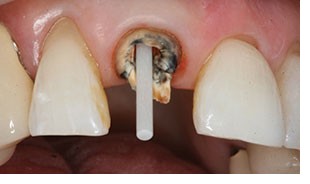 In this first photograph, some of the root canal filling material has been removed and a fiberglass post is fitted into the canal. The post needs to go deeply into the tooth, but not so far as to require removal of all of the root canal filling material. About 2/3 of the length of the tooth would be good.
In this first photograph, some of the root canal filling material has been removed and a fiberglass post is fitted into the canal. The post needs to go deeply into the tooth, but not so far as to require removal of all of the root canal filling material. About 2/3 of the length of the tooth would be good.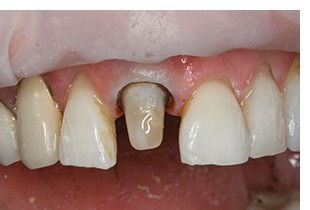 Then the post is bonded into the canal and a core material is built up. Composite is usually used for both the bonding of the post into the canal and the core. That composite is then shaped into a conventional crown preparation as shown here.
Then the post is bonded into the canal and a core material is built up. Composite is usually used for both the bonding of the post into the canal and the core. That composite is then shaped into a conventional crown preparation as shown here.